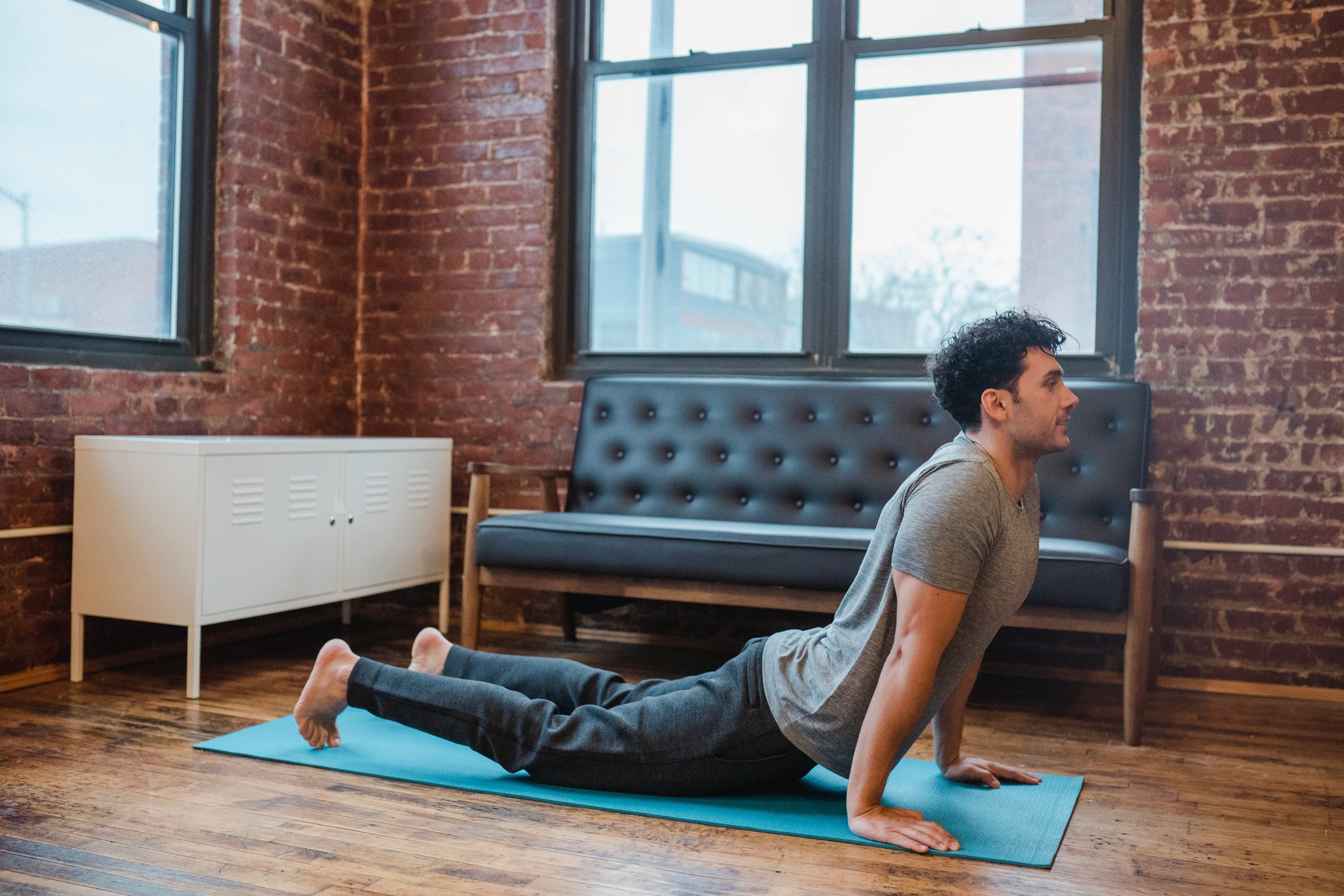Kegel Exercises for Men
By Melissa Wong, Reg. PT
In my last blog post from August 2016 titled “Men Have Pelvic Floors Too?”, we learned that YES, men do have pelvic floors, and YES, men can have pelvic dysfunction leading to urinary incontinence, fecal incontinence, and pelvic pain.
Prostate cancer is the most commonly diagnosed cancer among Canadian men and accounts for approximately 21% of all new cases of cancer in men (1). A staggering 1 in 8 Canadian men will be diagnosed with prostate cancer in their lifetime (1). Treatment often includes close monitoring, radiation therapy, chemotherapy, hormone therapy, and/or radical prostatectomy. Unfortunately, side effects from many of these treatments often include erectile dysfunction, urinary incontinence, painful scar tissue, constipation, frequent urination, burning with urination (1).
One of the most common, conservative treatment options for men who are experiencing urinary incontinence post-prostatectomy is to perform kegel exercises. In fact, research has shown that continence can be improved in the early post-operative period by learning to do kegel exercises before surgery (2, 3).
A “kegel” is an active contraction, or tightening of the pelvic floor muscles. And in order to effectively perform a kegel exercise, some basic knowledge of the pelvic floor is needed. The pelvis consists of a group of muscles that run from the tailbone to the public the bone that help support the bladder, prostate, and colon. These muscles are important for bowel and bladder control, sexual function and circulation. The diagram below (4) shows the relationship between the pelvic floor muscles, the colon, and the bladder.
Follow these steps to help you identify your pelvic floor muscles and to do a kegel.
1. Pelvic Floor Relaxation/Deep Breathing
To help you tune into your pelvic floor, lie down on your back, place one hand on your stomach, and feel your stomach gently rise and fall with your breathing.
This type of breathing is also known as diaphragmatic breathing and is vital to activating your pelvic floor.
2. Prolong your exhale
If you find that your inhale is lasting longer than your exhale, do pursed lip breathing, like you are blowing air through a straw in chocolate milk. Try to make your exhale double the amount of time as your inhale.
3. Do a kegel
As you exhale, try to activate your pelvic floor by thinking about using muscles to lift your scrotum, stop gas, or to stop your flow of urine. This is a kegel.
4. Try to hold the “lift” for 5 seconds, while you are exhaling.
5. Rest for 2 deep breaths and try your kegel again. Repeat 5-8 times, 3-5 times per day.
Tips to help activate your pelvic floor
When you do a kegel, feel a subtle lifting or tightening of your scrotum and a squeezing sensation around your anus. Make sure you do not squeeze your inner thighs or buttocks.
If comfortable, use a mirror to visualize a lifting of your penis and/or scrotum.
The movement should not feel strained or excessively effortful.
For more functional activation of your pelvic floor, try to do your kegel when you stand up from a chair, cough , sneeze, or squat down.
If you feel tired, fatigued, or unable to generate a good contraction, listen to your body and take a break. These muscles can be quite weak and can take time to strengthen and build endurance.
If you are having trouble activating the muscles, experience increased urine leakage, or experience pain, seek the advice of a health professional such as a pelvic floor physiotherapist , urologist, or family doctor.
(1) Prostatecancer.ca/
(2) Nahon I, Martin M, Adams R. Pre-operative pelvic floor muscle training – a review . Urol Nurs. 2014 Sept- Oct; 34(5)230-7
(3) Chang Jl, Lam V, Patel Ml. Preoperative pelvic floor muscle exercise and post-prostatectomy incontinence: a systematic review and a meta-analysis. Eur Urol 2016 Mar; 69(3):460-7.
(4) http://www.bladderbowel.gov.au/assets/doc/brochures/05PelvicFloorMen.html


